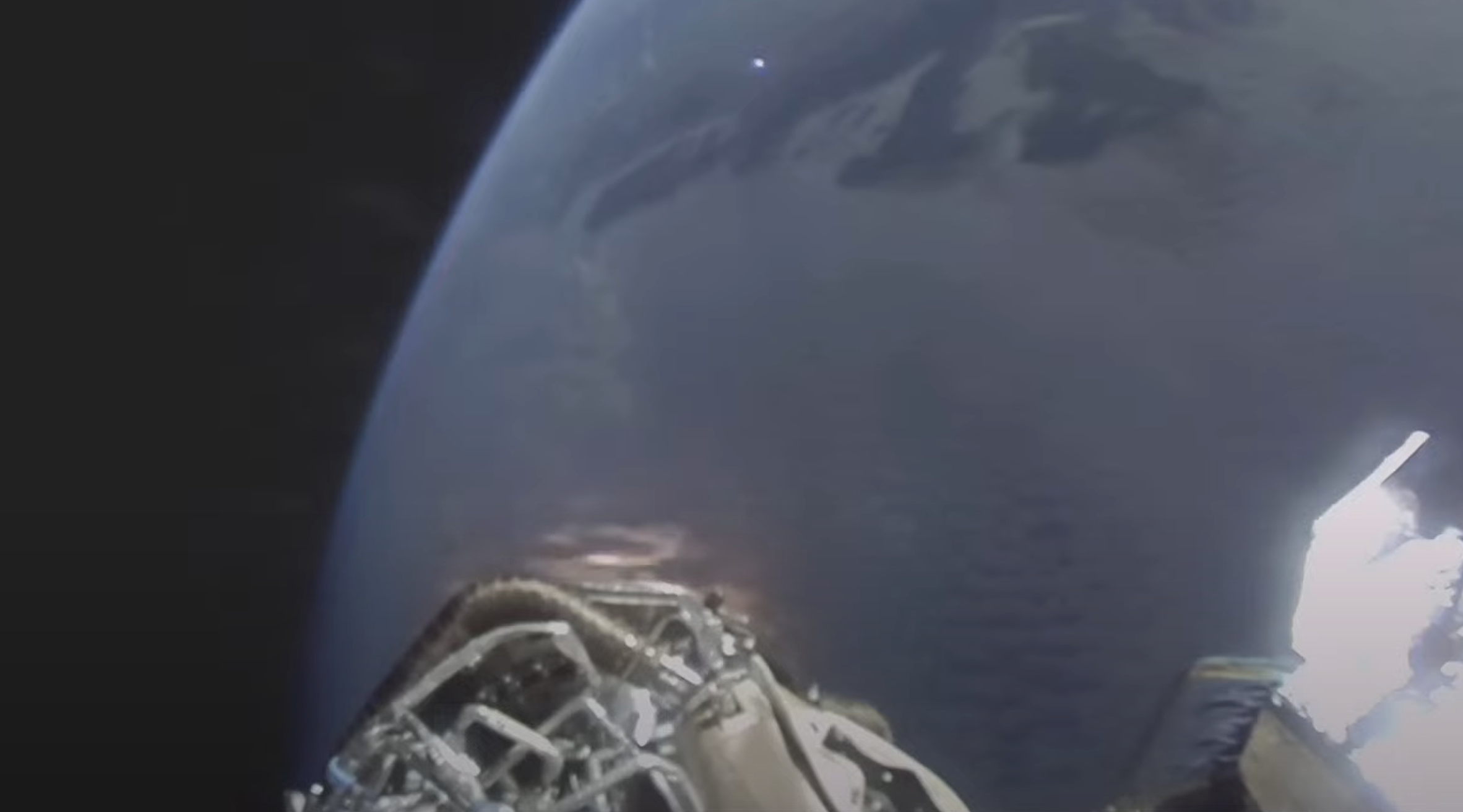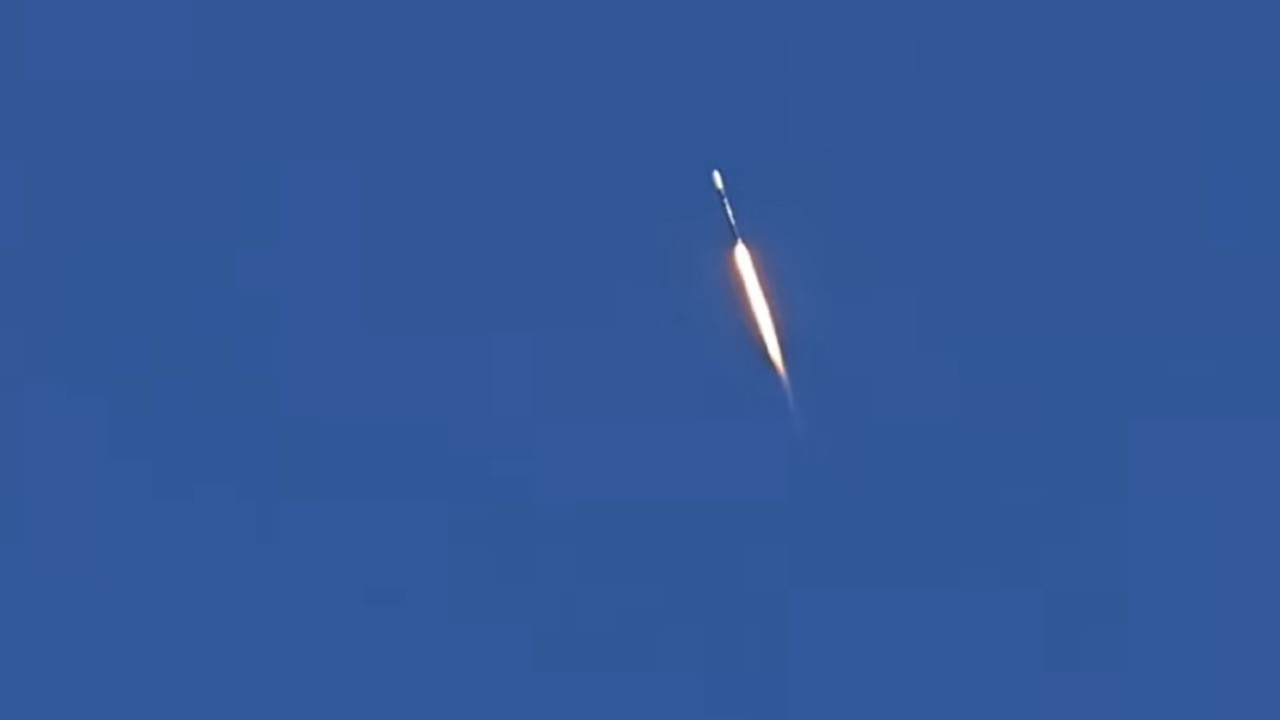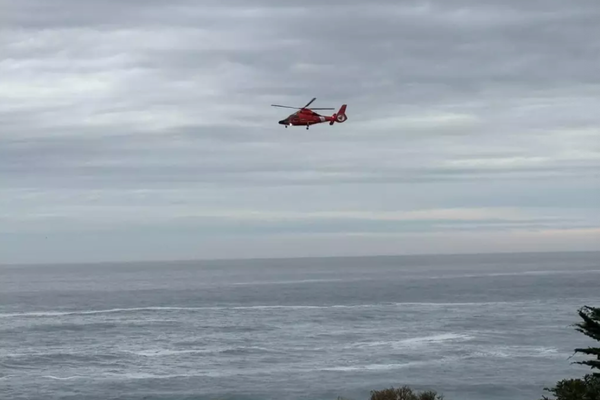
The sixth-ever launch of Firefly Aerospace's Alpha rocket is officially a failure.
The two-stage, 96.7-foot-tall (29.6 meters) Alpha lifted off from California's Vandenberg Space Force Base this morning (April 29), carrying a technology demonstration for aerospace giant Lockheed Martin toward low Earth orbit (LEO).
But the payload never got there. Alpha suffered an anomaly shortly after its two stages separated, which led to the loss of the nozzle extension for the upper stage's single Lightning engine. This significantly reduced the engine's thrust, dooming the mission, Firefly said in an update several hours after launch.
"Initial indications showed Alpha's upper stage reached 320 km [199 miles] in altitude. However, upon further assessment, the team learned the upper stage did not reach orbital velocity, and the stage and payload have now safely impacted the Pacific Ocean in a cleared zone north of Antarctica," the update reads.
"Firefly recognizes the hard work that went into payload development and would like to thank our mission partners at Lockheed Martin for their continued support," it continues. "The team is working closely with our customers and the FAA [Federal Aviation Administration] to conduct an investigation and determine root cause of the anomaly. We will provide more information on our mission page after the investigation is completed."
Today's mission, which Firefly called "Message in a Booster," was the first of up to 25 that the company will conduct for Lockheed Martin over the next five years. The flight aimed to send a satellite technology demonstrator to LEO.
This demo payload "was specifically built to showcase the company's pathfinding efforts for its LM 400 mid-sized, multi-mission satellite bus, and to demonstrate the space vehicle's operational capabilities on orbit for potential customers," Firefly wrote in a prelaunch mission description.

Alpha, which can deliver up to 2,270 pounds (1,030 kilograms) of payload to LEO, debuted in September 2021. Just two of its six missions to date have been fully successful.
"Message in a Booster" was the last of a record-setting six launches in a 17.5-hour span from Monday (April 28) to today. Four of those missions sent broadband satellites to orbit for LEO megaconstellations, and the other one lofted the European Space Agency's Biomass forest-monitoring satellite.







